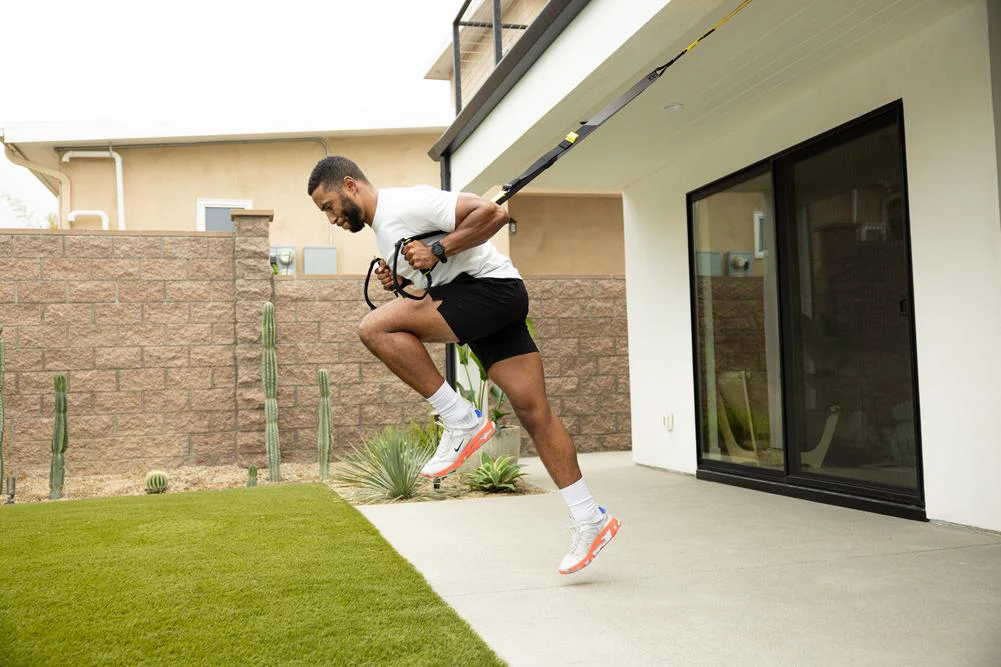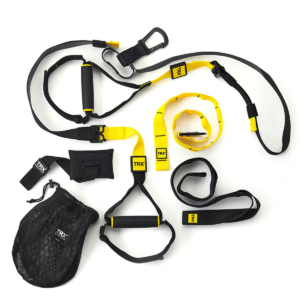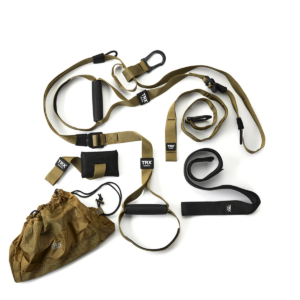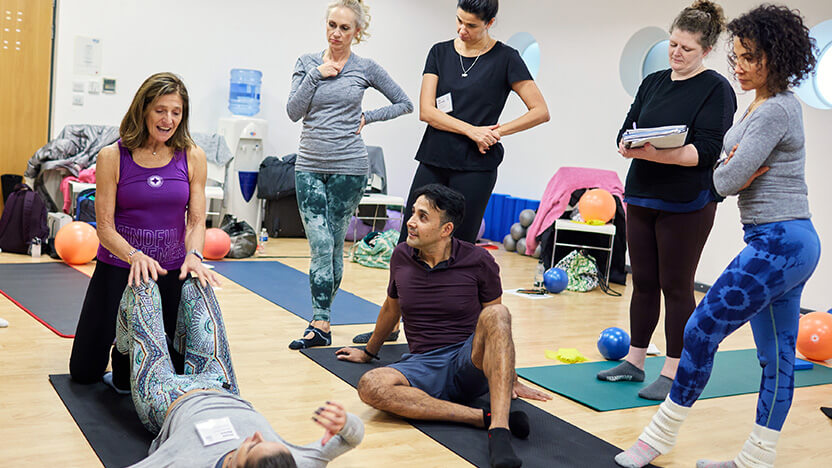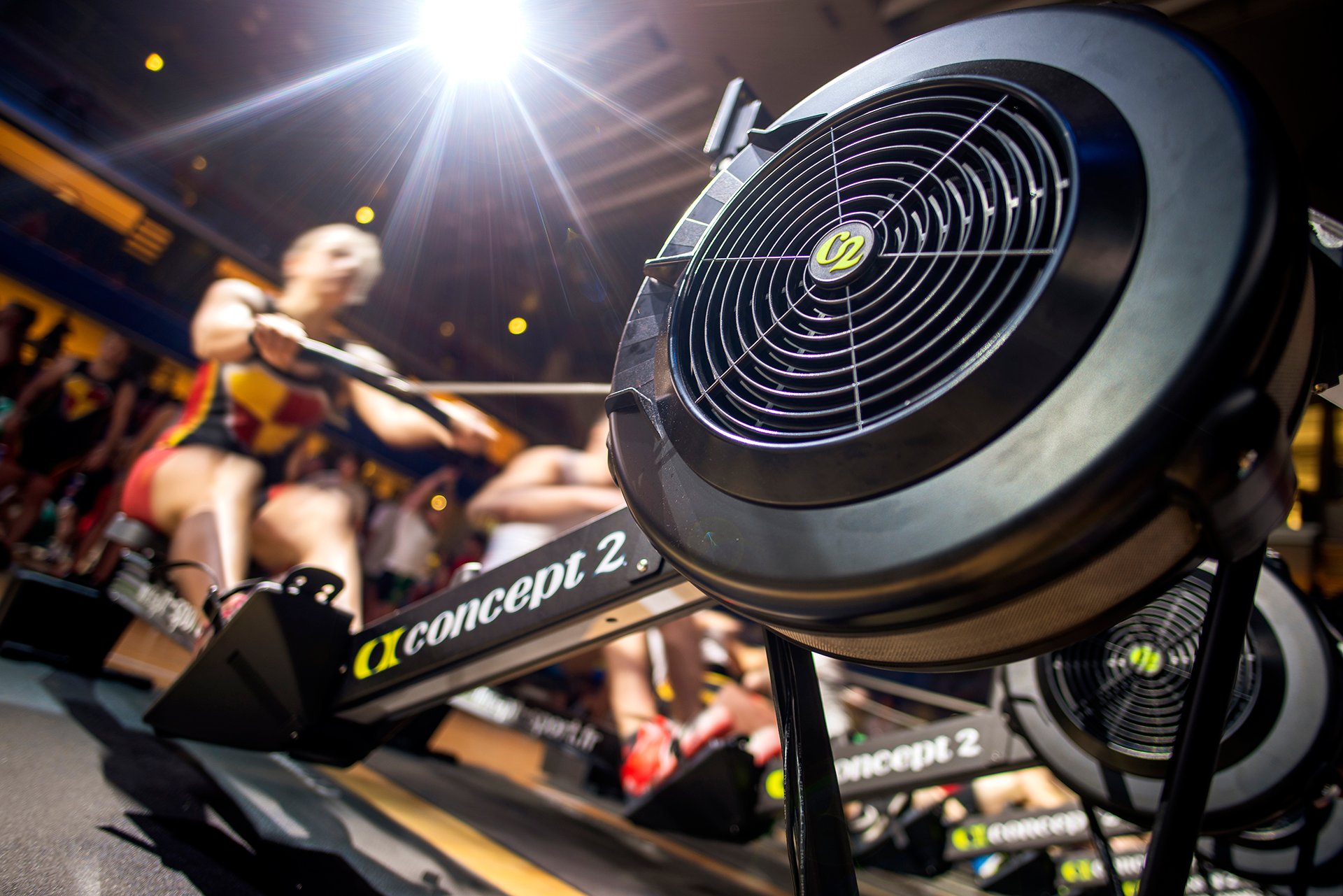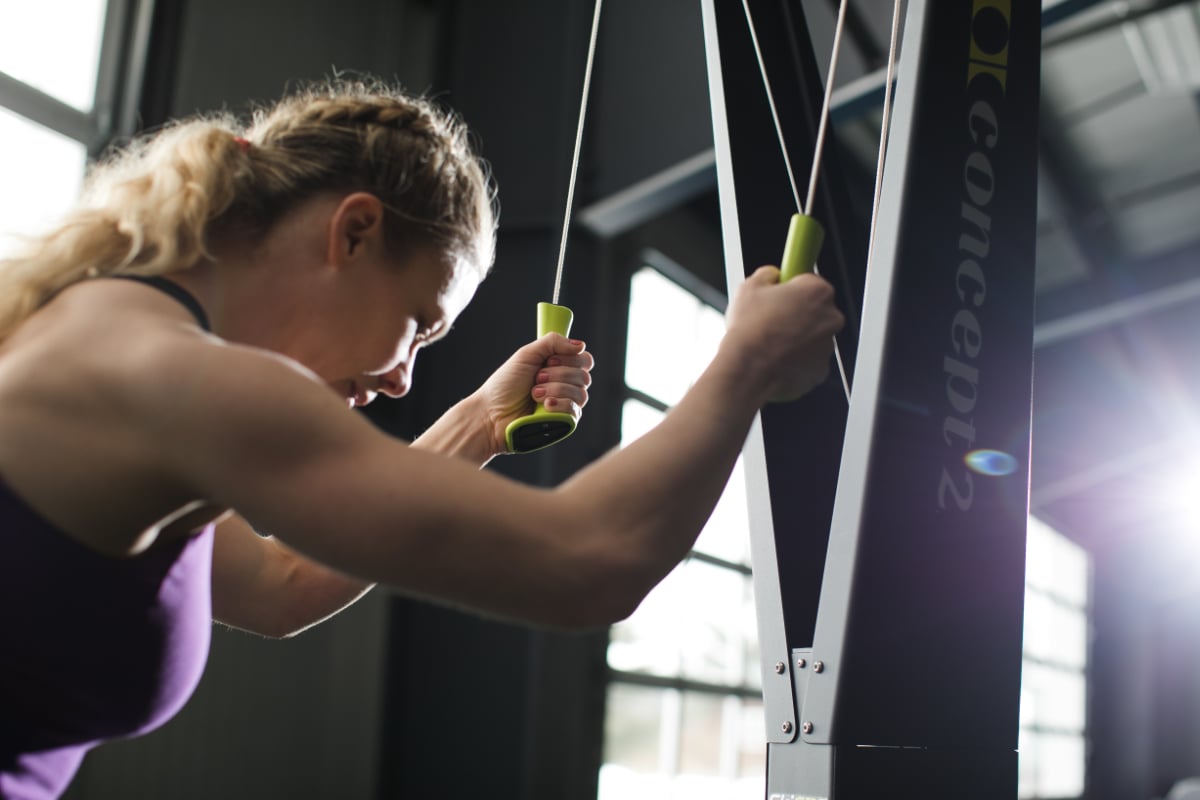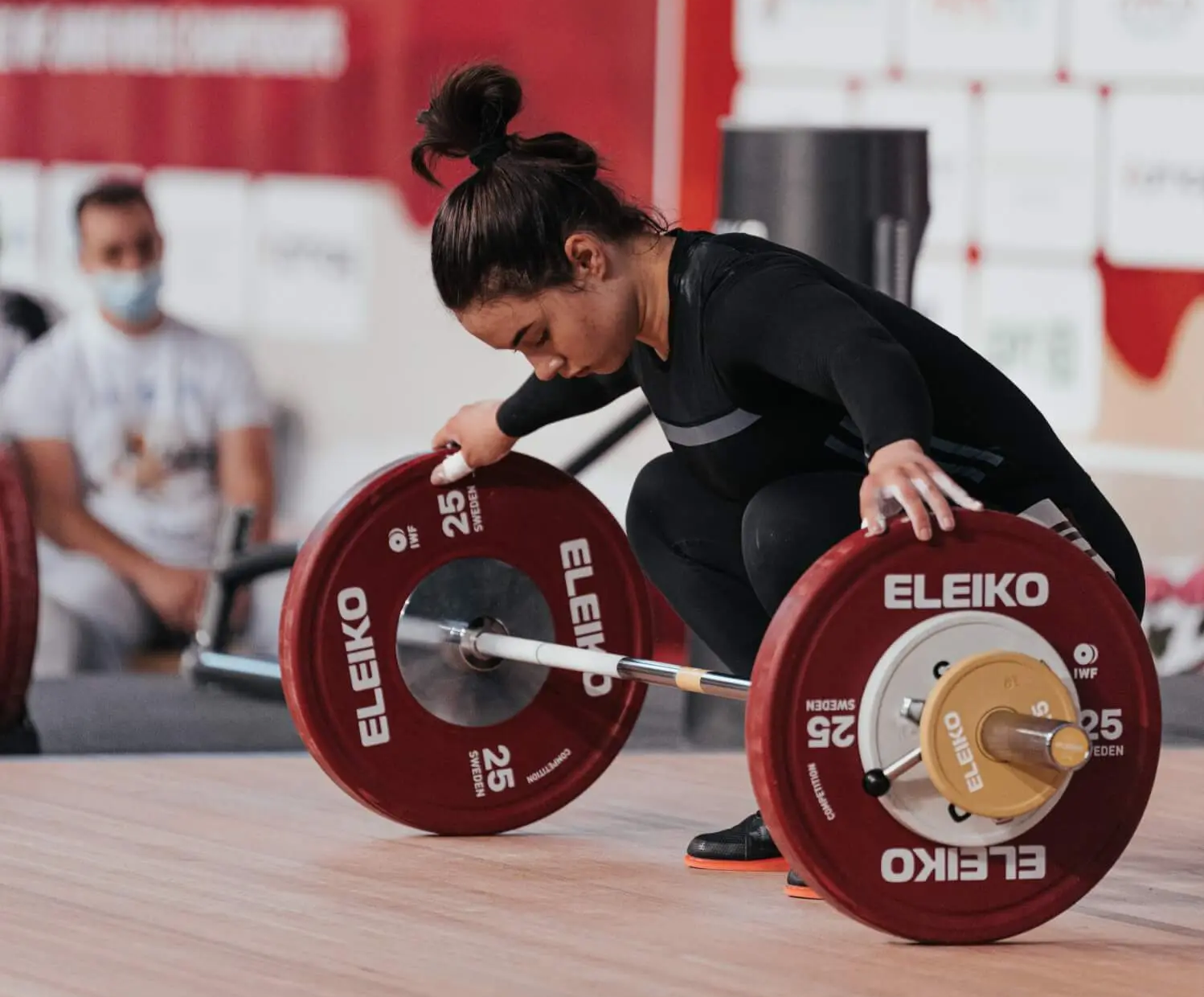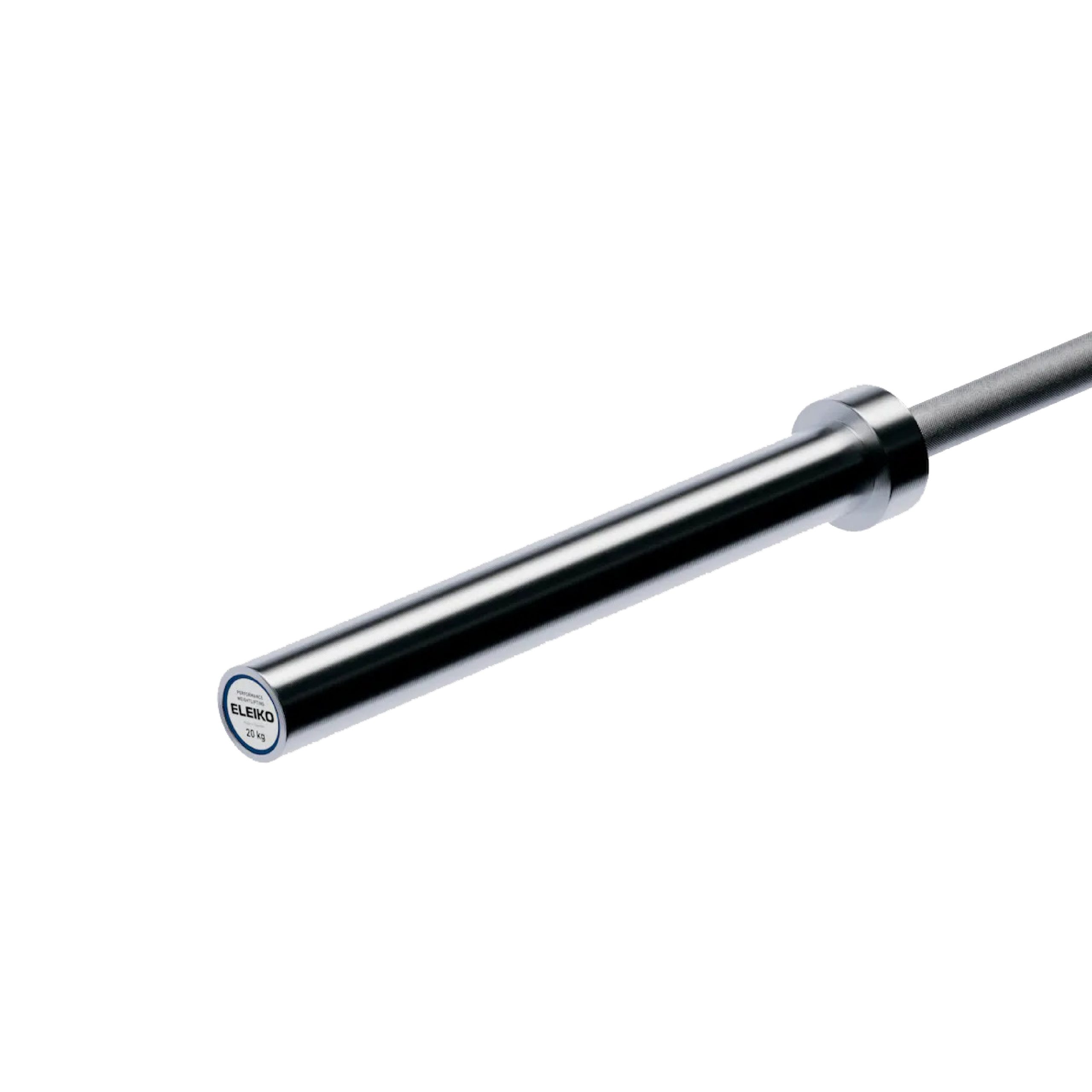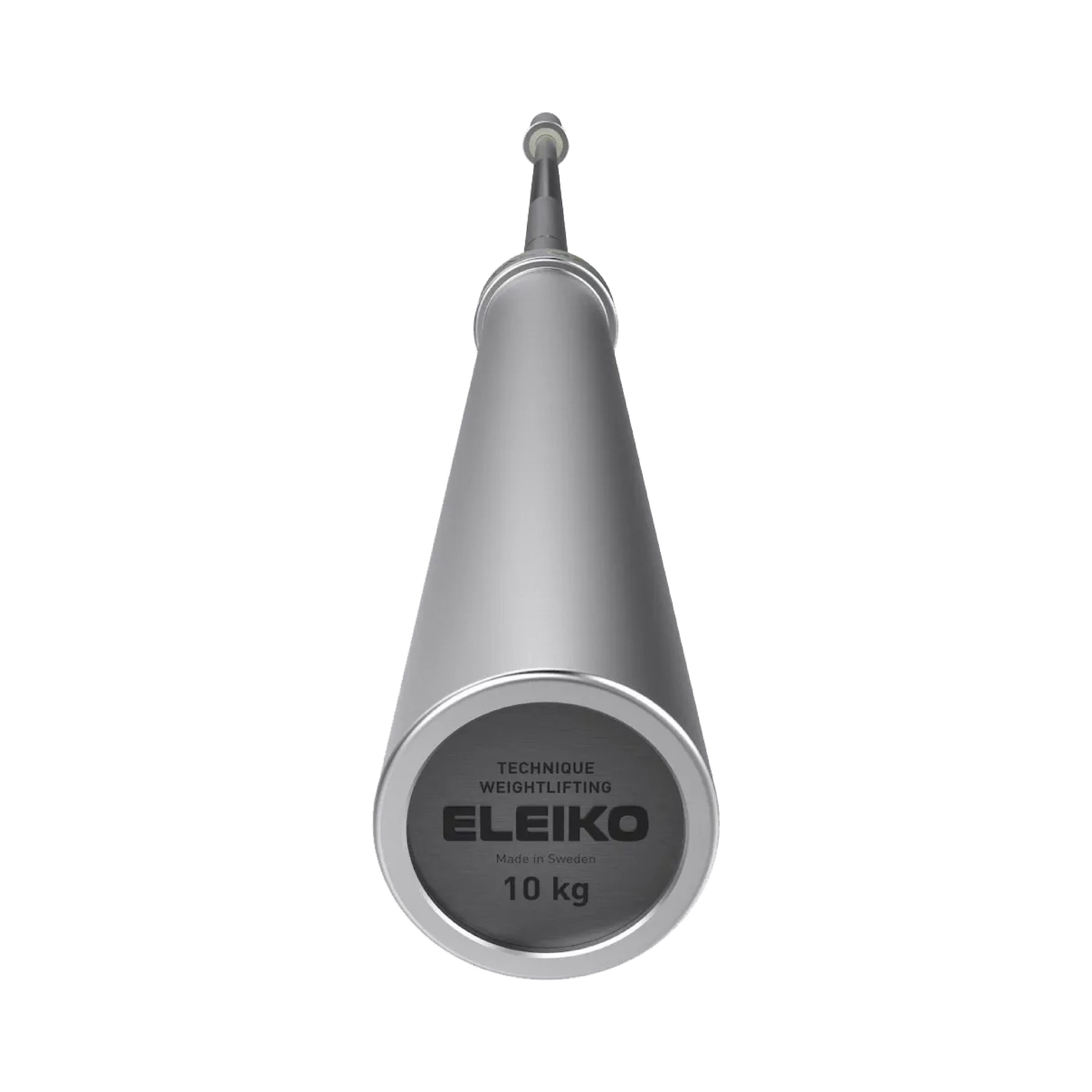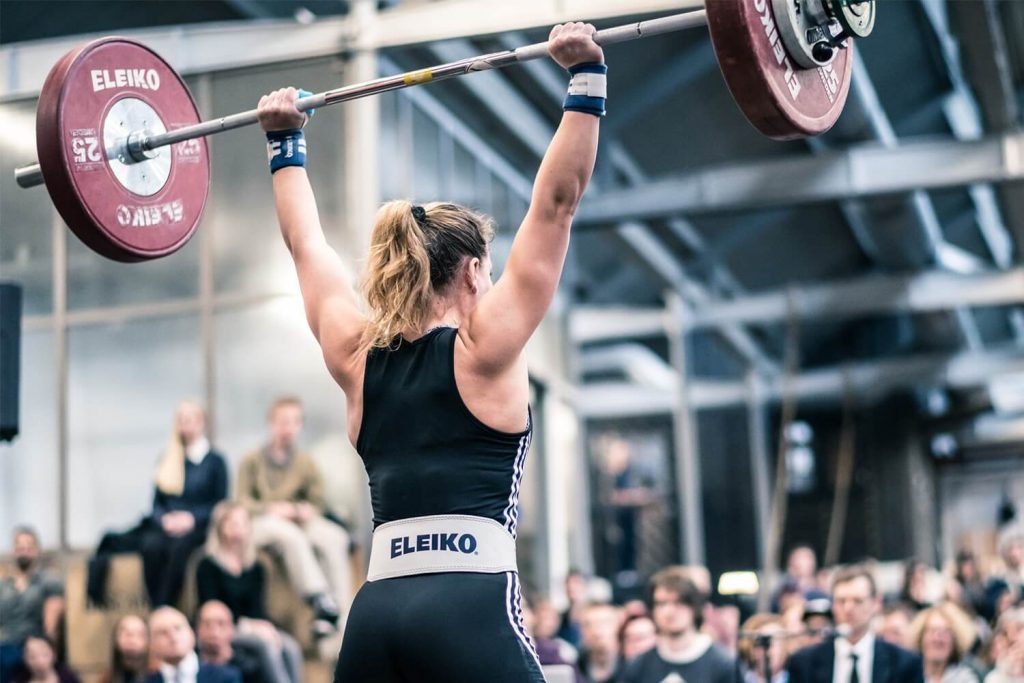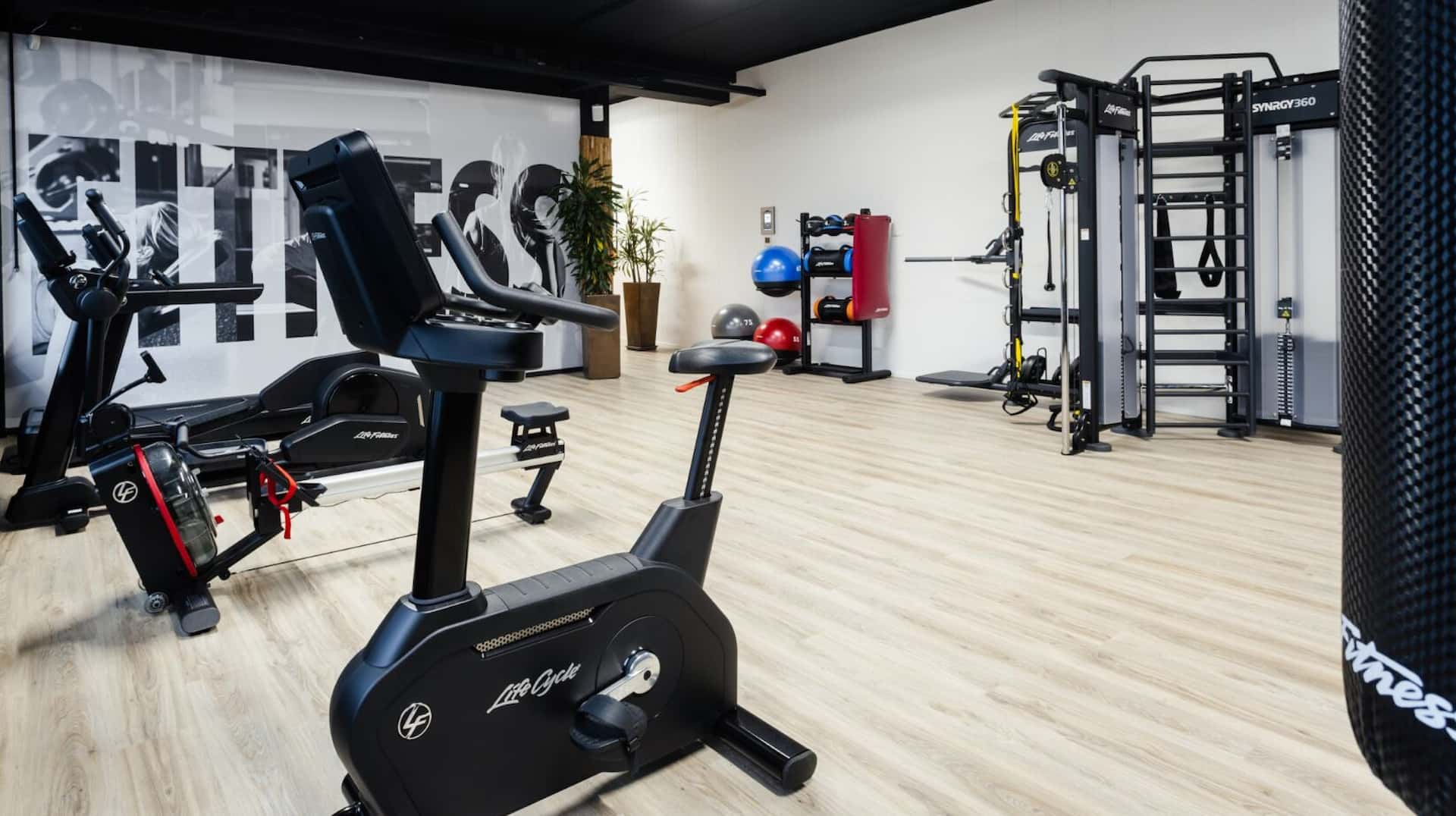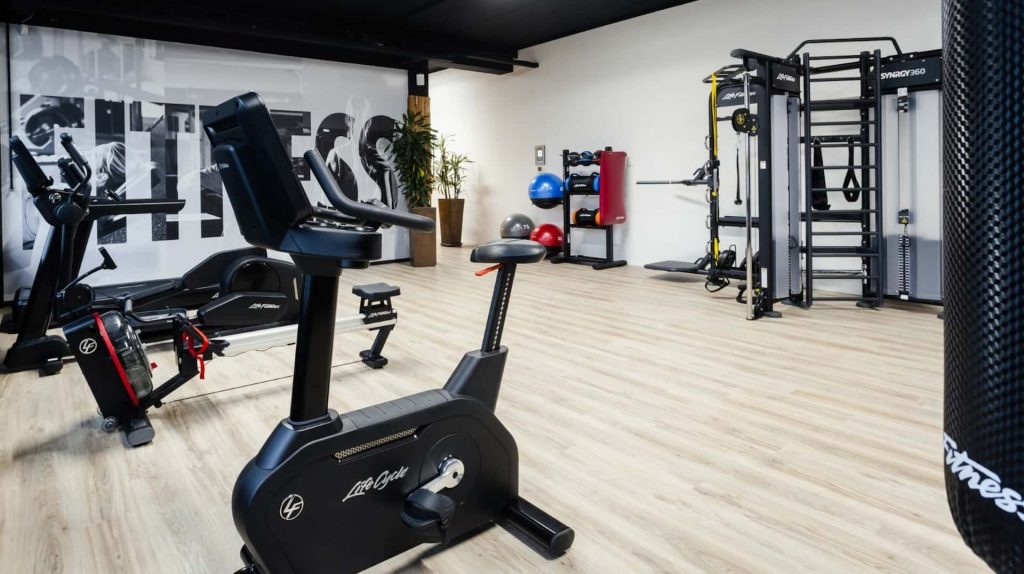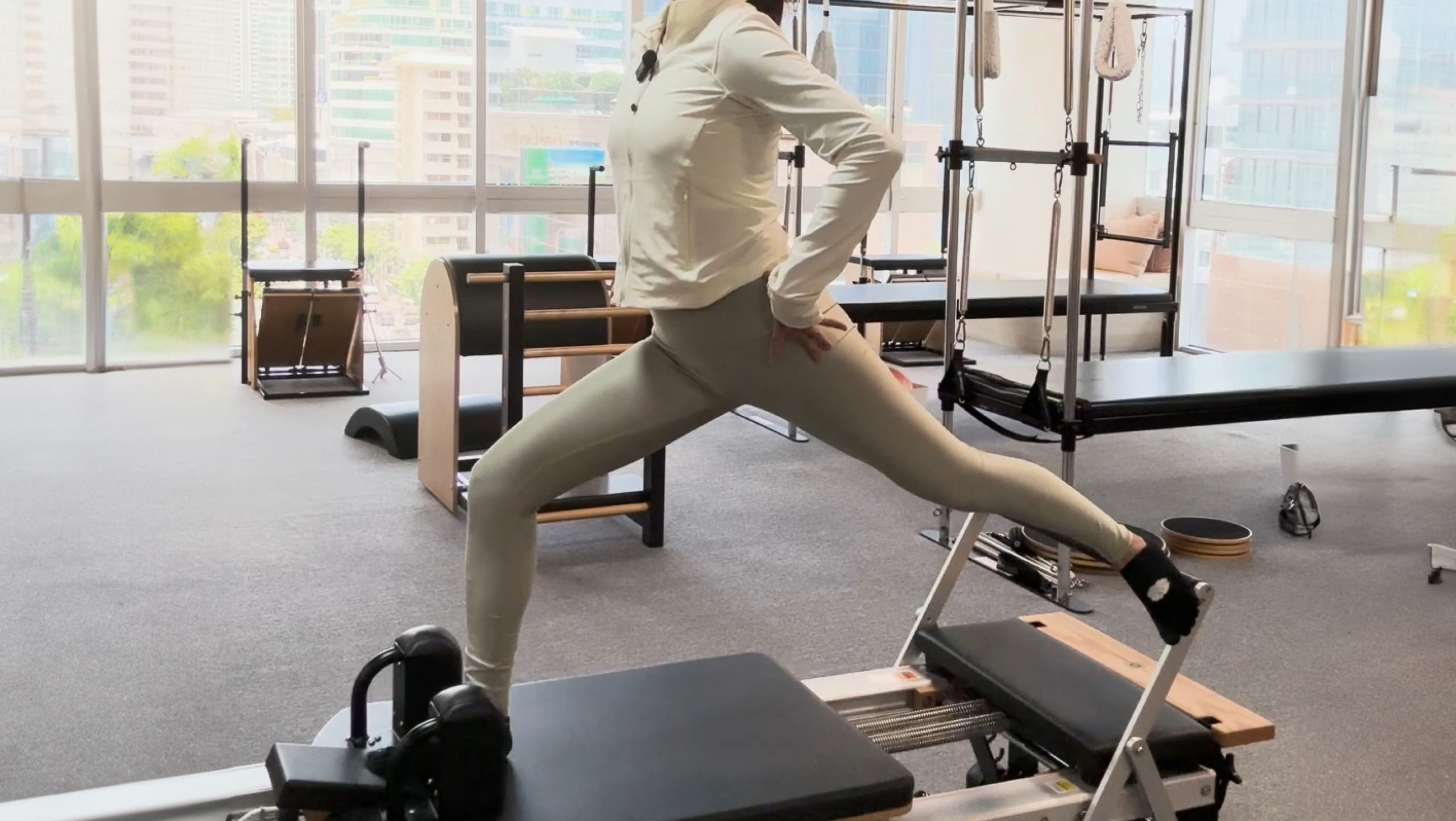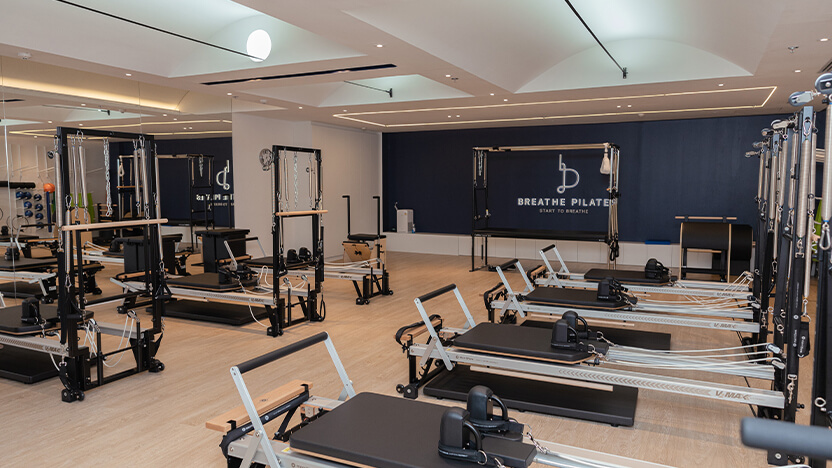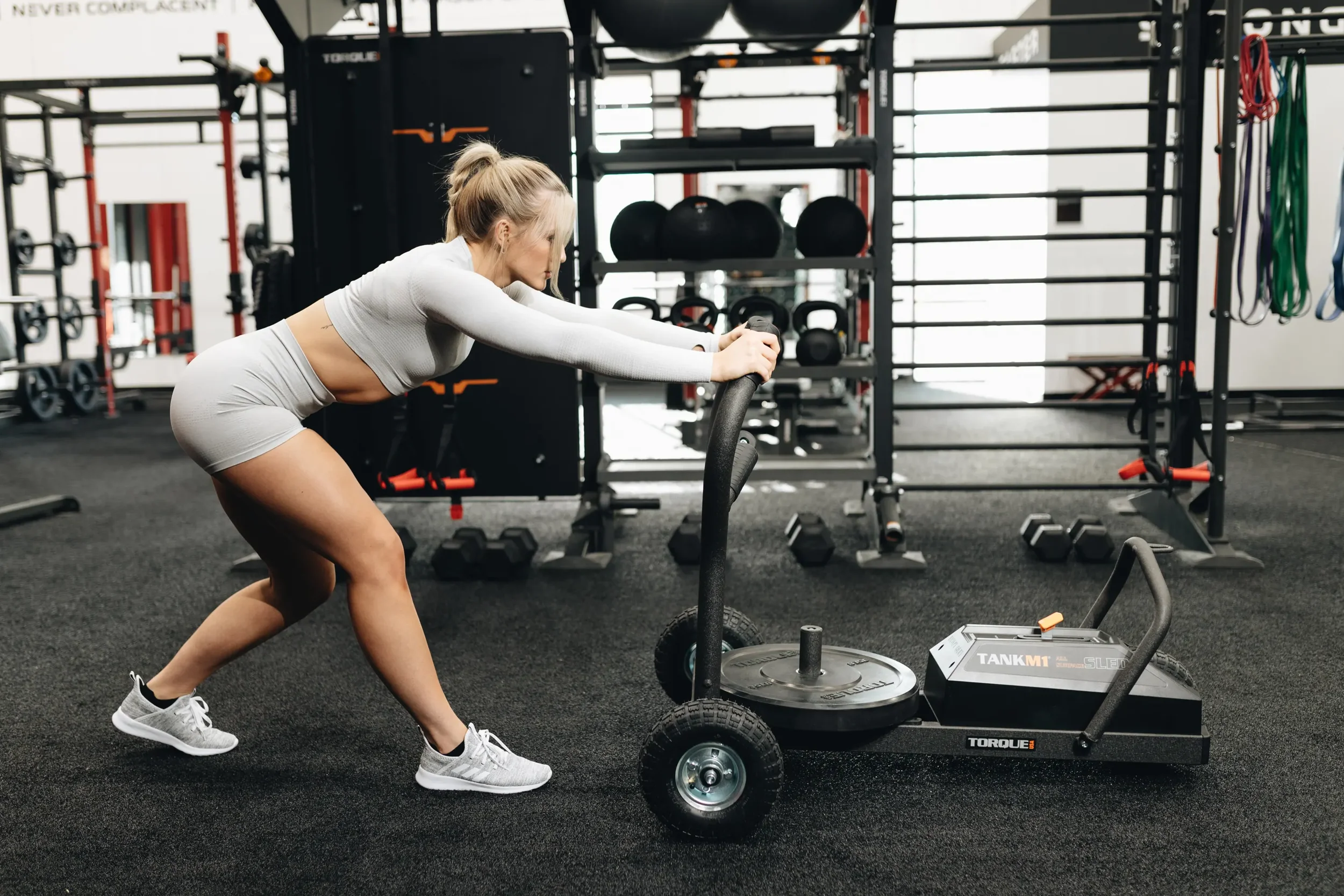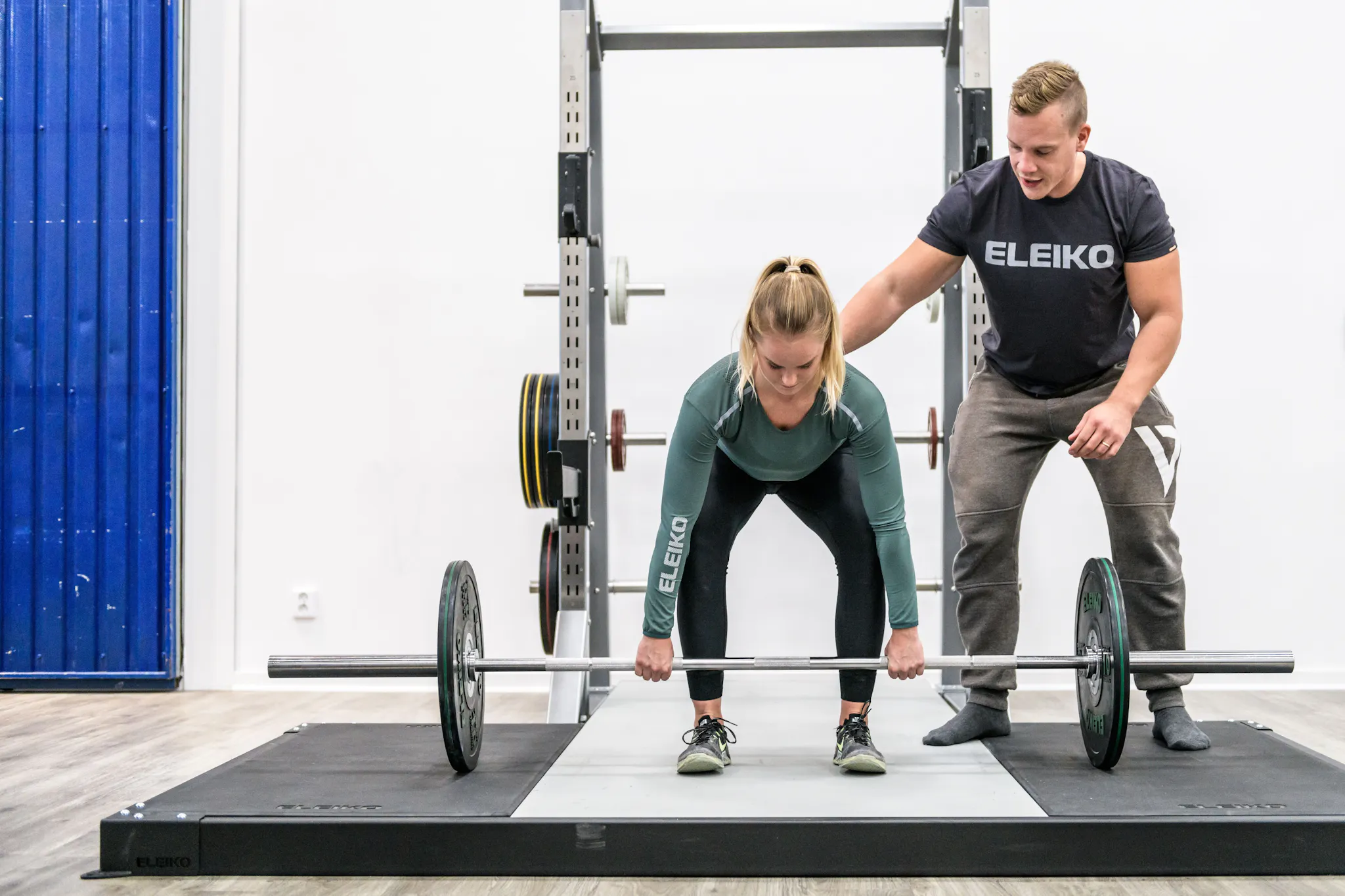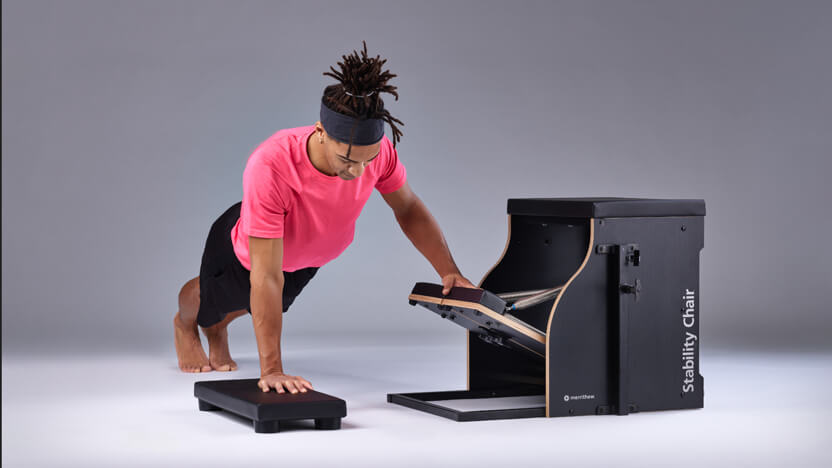The journey from passion to profession is paved by hard work, dedication and perseverance. Transforming your passion for Pilates into a fulfilling career requires acquiring new knowledge and skills. This involves dedicating time to immersing yourself in relevant courses and workshops, as well as attending events like symposiums and tradeshows to refine your techniques and connect with peers and industry professionals in the mind-body community.
We had the opportunity to speak with remarkable Pilates studio owners who have successfully navigated this journey. They shared their personal experiences, challenges and insights, offering invaluable advice for those aspiring to establish their own studio. Whether you’re a prospective studio owner, a seasoned professional or simply passionate about Pilates, their stories provide a wealth of knowledge and inspiration for everyone.
Cholthicha Srivisal: Merrithew Lead Instructor Trainer, Singapore and Bangkok

“Pursuing a passion like Pilates has been immensely rewarding.”
Cholthicha Srivisal has always been interested in movement and became a ballet dancer to fulfill that dream. Following a back injury, she discovered Pilates and developed a deep passion for it, ultimately transforming it into a successful career. She is a Merrithew® Lead Instructor Trainer specializing in STOTT PILATES® and owns Breathe Pilates, a Merrithew Licensed Training Center (LTC) in Singapore.
Q: What initially drew you to Pilates, and what inspired you to open your own studio?
A: I was a dancer during my university years in Boston and developed a herniated disc back condition. Seeking a way to rehabilitate and strengthen my body, I turned to Pilates. Its focus on core strength, flexibility and alignment seemed tailor-made to address the specific needs of my injury and support my ongoing dance practice. Through Pilates, I discovered a holistic approach to fitness that aided my recovery and enhanced my overall physical well-being. It provided valuable tools for injury prevention and improved my dance performance and everyday life.
I was inspired to open my Pilates studio during my transition to Singapore. Despite the demanding nature of my banking job, I remained dedicated to my Pilates practice, frequenting a boutique studio in the city. Recognizing my potential, the studio owner approached me and proposed training me as an instructor. It was then that I began to envision a bigger dream for myself. Observing the limited presence of Pilates studios in Singapore, I discerned a gap in the market and resolved to establish my own studio.
Q: What obstacles have you faced in managing your practice?
A: Managing my Pilates studio has been an enriching journey but hasn’t been without its challenges. One significant obstacle I’ve faced is competition. As the fitness industry in Singapore continues to evolve, more Pilates studios and wellness centers have emerged, intensifying competition for clients and instructors alike. Navigating this competitive landscape while maintaining my studio’s unique value proposition has required strategic planning and continuous innovation.
While pursuing a passion like Pilates has been immensely rewarding, the business side of running a studio can be complex and demanding. Teaming up with trusted partners like Merrithew, who share my vision and complement my skills, has been instrumental in navigating the challenges of entrepreneurship.

Q: What do you consider your greatest success with your studio so far?
A: Reflecting on my journey with my Pilates studio, I consider our greatest success to be the positive impact we’ve had on the lives of our clients. Beyond the financial metrics or accolades, knowing that we’ve played a role in improving our community’s health, well-being and confidence is incredibly fulfilling. Also, I take pride in the vibrant and supportive community we’ve built within our studio. Seeing our clients forge meaningful connections, support each other on their fitness journeys and find joy in their practice reinforces a sense of purpose behind what we do.
In addition to our profound impact on our clients’ lives and the sense of community we’ve cultivated, I’m immensely proud of our role as an LTC for Merrithew. Being entrusted to train and certify new Pilates instructors is a responsibility we take very seriously, and it’s been incredibly rewarding to see many aspiring instructors pursue successful careers in the fitness industry. Watching our students grow and develop their skills, not just as instructors but as ambassadors for the Pilates method, fills me with pride.
Jenny Carr: Merrithew Lead Instructor Trainer, Utah

“It has taken a village to build my Pilates studio.”
Jenny Carr is a Merrithew Lead Instructor Trainer with extensive expertise in STOTT PILATES. Known for her dedication to the mind-body fitness industry, she is passionate about teaching and helping others achieve their fitness goals. Her commitment to excellence and engaging teaching style have made her a prominent figure in the Pilates community. Jenny is the owner of Intermountain Pilates Training Center (IPTC), the sole Merrithew LTC in Utah, USA.
Q: How did you get into Pilates, and what motivated you to make a career out of it?
A: I was a dancer in high school and was introduced to Pilates, which helped me with my strength, posture and dance skills. While I loved being a dancer, I loved teaching a lot more. I always loved seeing my students improve and stay healthy and strong. I graduated from the University of Utah with a degree in Exercise Physiology and then found Merrithew and the STOTT PILATES Education. Once I started my education with Merrithew, I knew I could make this a career. I kept working hard, getting my Full Certification and becoming a Matwork & Reformer Instructor Trainer. I got busy enough that opening a studio was the next natural step.
Q: What has been your most outstanding achievement with your studio to date?
A: My greatest success has been the relationships I have built. I have been in the same location for 17 years and have clients who have been with me through all the challenges, growth, heartache and joy. The community of Merrithew students has been amazing, and I feel supported by so many other studio owners, instructors and clients. It would be an understatement to say that I have had an entire “village” help me build the IPTC. While I am the owner of the studio, it has taken support from so many people to help me get to this point and build this business and community into what it is today.

Q: What advice would you offer those considering opening their own studio?
A: Be patient! Every good thing takes time. A sign on my wall says, “Let go for dear life.” I lose sight of the big picture when I hold onto something. Every time I “loosen my grip,” things run smoother, more doors open and the right people show up at the right time.
Find your people who are rooting for your success and keep them close. You will need good people next to you every step of the way. The relationships you build will make you the money you need to stay in business and thrive. Collaborate and partner with people or businesses that share your values. I have been lucky to be a Merrithew LTC since 2008. It is an amazing company, and the people I have worked with over the years have been kind, respectful and willing to work through every challenge I have encountered.
Merrithew: The shared path in the journeys
What truly sets these remarkable studio owners apart is their shared partnership with Merrithew. Their stories underscore the profound impact a strategic partnership with a renowned Pilates brand like Merrithew can have, turning challenges into opportunities and dreams into reality. This collaboration became the cornerstone of their successes, enabling them to harness the power of our state-of-the-art equipment and top-tier education programs.
With Merrithew’s guidance and resources, these entrepreneurs successfully launched their businesses and maintained the highest standard of instruction in their Pilates studios.
Source: https://www.merrithew.com/blog/post/2024-07-23/for-the-love-of-pilates-four-pilates-studio-owners-share-their-stories-successes-and-struggles
